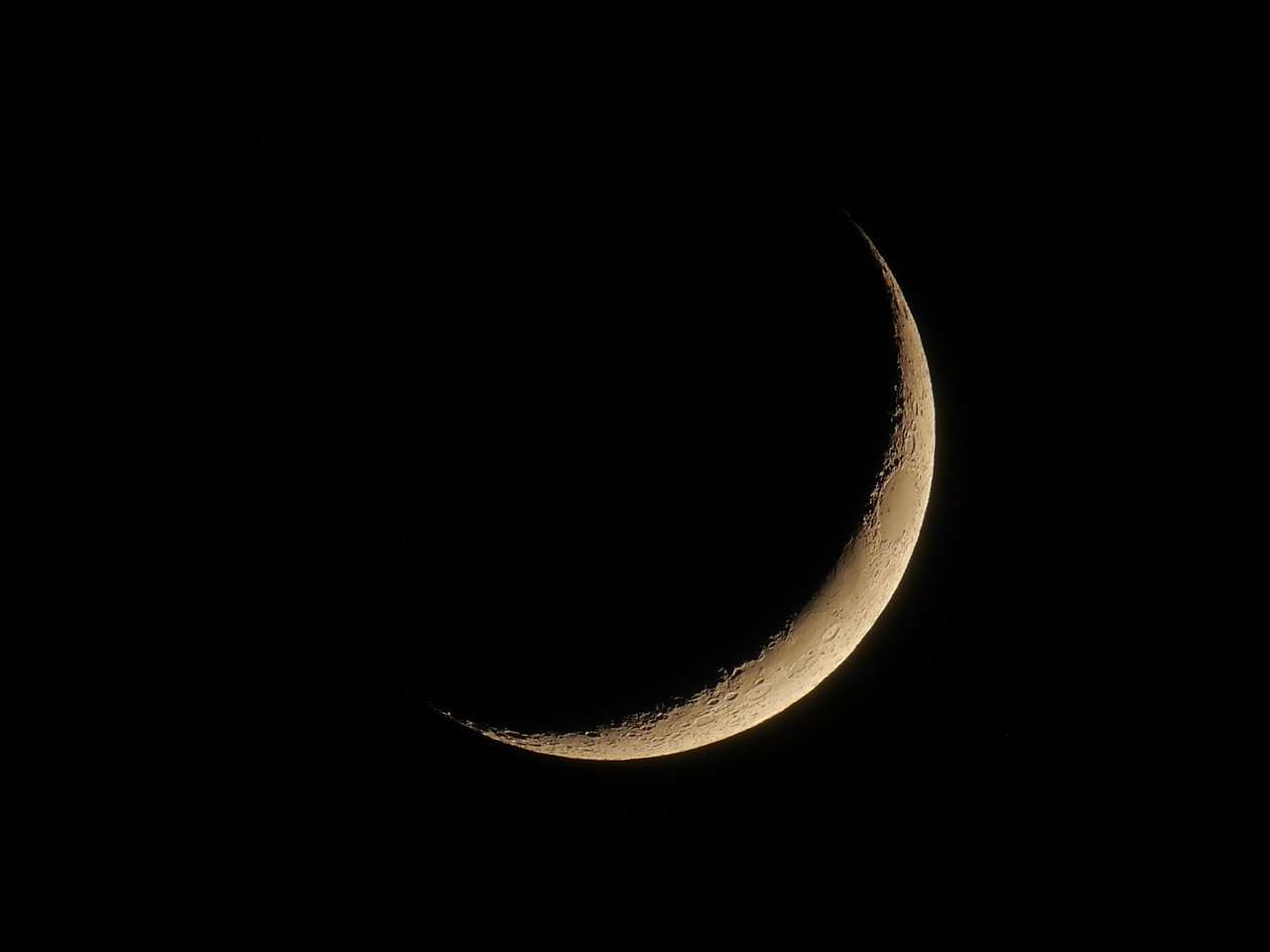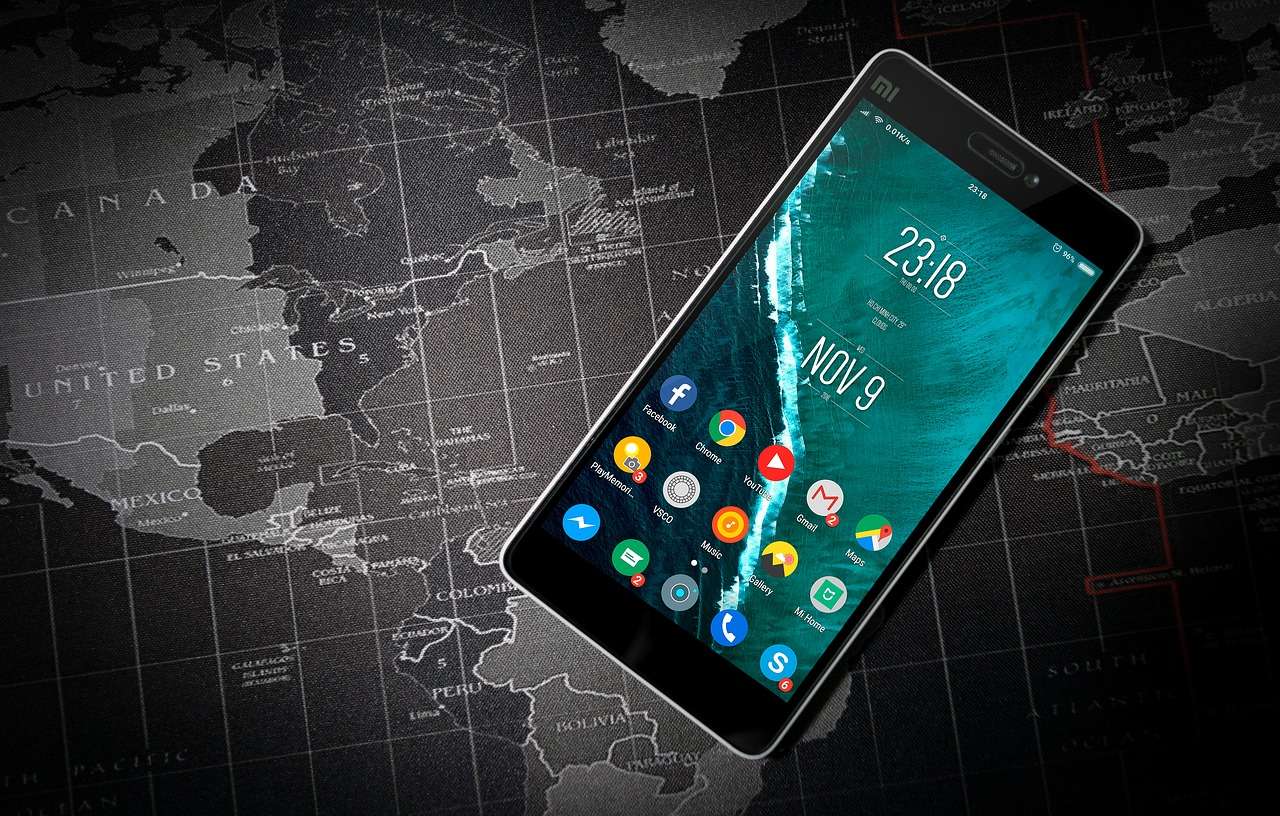Aaj Ulta Chand Kyu Dikhai De Raha hai

Phases of the Moon Calendar & Wallpaper Free
Love the Moon? Get this 3-D simulation, with Atlas, Monthly Calendar, Live Wallpaper, Check Moon Phases for Hunting/Fishing forecast, Widget, Astrology Zodiac Signs and more to track the upcoming Full Moon, New Moon, and Eclipse.
Hold the Moon in your hand with this 3-D simulation of Moon phases with data updated in real time. Swipe back and forth to move through the phases of the Moon. This app has all the data you need including moon rise and set times, moon illumination, phase name, astrology zodiac sign and the distance to the Moon, all in a beautiful, elegant app that’s fun to use. It’s even got a monthly calendar so you can see what the Moon will look like over time.
Key Features:
Moon Phase Alerts: Add a reminder for specific moon events/astrology zodiac signs or choose your own day/time. Is there a special lunar event coming up? Set an alarm in advance to ensure you don’t miss the lunar eclipse, or hunting/fishing moon phase venture.
– Track all cycles of the moon (including full moon, new moon, waning gibbous, waxing crescent, first quarter, and more) through live moon wallpaper or through moon phase calendar app. See how the moon looks during every stage, including the total solar eclipse.
– See the current lunar phase with a 3-D simulation made by NASA data: You can even see the shadows change. Includes a Live Lunar Wallpaper and a Widget so you don’t need to enter the app to always know what phase it is.
– Moon rise and moon set times: View for today or look into the past or future for updated times.
– Hunting and Fishing forecast: Before your hunting/fishing venture, check the moon phase for your location.
– Find the next Full Moon or New Moon: You can click a button to take you to the next Full Moon or New Moon.
Interactive and informative free moon app: Smoothly drag the Moon phase back and forth with your finger, or even “spin it” to quickly advance forward or backward. – See the current date, distance, phase name, astrology zodiac sign and moon illumination percentage: updated in real time. GPS detection of your hemisphere and location to make sure the Moon looks right for you.
– See the Moon’s libration (wobble) as it completes an orbit around the Earth.
– View craters and moon landing sites: Pinch-zoom the Moon to see a full lunar atlas with spacecraft landing sites, mare, and large
– Share with friends: Share your images on all the popular social networks
– Moon Events Calendar: Reminders for major moon events so you don’t miss out on any spectacular moon events happening this month.
Developed by M2Catalyst. Please email us if you have any questions or if there are any problems with your specific version of Android. We’d also love to hear your feature ideas.
Moon images created by NASA/Goddard Space Flight Center Scientific Visualization Studio
Please, support developers of this app and buy the ad-free version here:
https://play.google.com/store/apps/details?id=com.universetoday.moon.phases
NASA Website Click Here
The Moon is a differentiated world. This means that it is composed of different layers with different compositions. The heaviest materials have sunken down into the Moon’s center, and the lightest materials have risen to the outermost layer. Seismic, rotational, and gravity measurement studies have allowed us to gain insights into the different layers within the Moon.
At the center is the Moon’s dense, metallic core. The core is largely composed of iron and some nickel. The inner core is a solid mass about 480 km in diameter. Surrounding the solid inner core is a fluid outer core, that brings the total diameter of the core to about 660 km. The Moon’s core is small (about 20% of the Moons diameter) as opposed to other terrestrial worlds (like the Earth) with cores measuring closer to 50% of their diameters.
Above the core are the mantle and crust. Differences in compositions between these layers tell a story of the Moon being largely, or even completely, composed of a great ocean of magma in its very early history. As the magma ocean began to cool, crystals began to form within the magma. Crystals of denser mantle minerals, such as olivine and pyroxene sank down to the bottom of the ocean. Lighter minerals, notably anorthositic plagioclase feldspar, crystalized and floated to the surface to form the Moon’s crust. The mantle, with a thickness of roughly 1350 km is far more extensive than the crust, which has an average thickness of about 50 km. Interestingly, the crust of the Moon seems to be thinner on the side of the Moon facing the Earth, and thicker on the side facing away. Researchers are still working to determine why this might be.
Seismometers left on the surface of the Moon by the Apollo astronauts have revealed that the Moon does experience moonquakes. Deep moonquakes, occurring broadly around 700 km beneath the lunar surface are tidal events, caused by the pull of Earth’s gravity tugging and stretching the internal structures of the Moon. Moonquakes originating on or near the surface can be caused by meteoroid impacts with the Moon. Another type of extremely shallow moonquake can come from thermal expansion and contraction of rock on or near the surface as it goes from the extremely frigid lunar night to the very hot lunar daytime. A fourth type of moonquake originates at the moderately shallow depths of 20-30 km, can register up to a startling 5.5 on the Richter scale, and can last for over 10 minutes! The causes of this fourth type of moonquake are still being investigated.
Moon Phases 2020 – Lunar Calendar for New Delhi, Delhi, India
The regular daily and monthly rhythms of Earth’s only natural satellite, the Moon, have guided timekeepers for thousands of years. Its influence on Earth’s cycles, notably tides, has been charted by many cultures in many ages.
The Moon moderates Earth’s wobble on its axis, leading to a relatively stable climate over billions of years. From Earth, we always see the same face of the Moon because the Moon is spinning on its axis at the same speed that it is going around Earth (that is, it is in synchronous rotation with Earth).
Lunar Terrain
The light areas of the Moon are known as the highlands. The dark features, called maria (Latin for seas), are impact basins that were filled with lava between 4.2 and 1.2 billion years ago. These light and dark areas represent rocks of different composition and ages, which provide evidence for how the early crust may have crystallized from a lunar magma ocean. The craters themselves, which have been preserved for billions of years, provide an impact history for the Moon and other bodies in the inner solar system.
Lunar Origins
The leading theory of the Moon’s origin is that a Mars-sized body collided with Earth approximately 4.5 billion years ago, and the resulting debris from both Earth and the impactor accumulated to form our natural satellite. The newly formed Moon was in a molten state. Within about 100 million years, most of the global “magma ocean” had crystallized, with less-dense rocks floating upward and eventually forming the lunar crust.
The early Moon may have developed an internal dynamo, the mechanism for global magnetic fields for terrestrial planets. Since the ancient time of volcanism, the arid, lifeless Moon has remained nearly unchanged. With too sparse an atmosphere to impede impacts, a steady rain of asteroids, meteoroids, and comets strikes the surface. Over billions of years, the surface has been ground up into fragments ranging from huge boulders to powder.
Nearly the entire Moon is covered by a rubble pile of charcoal-gray, powdery dust and rocky debris called the lunar regolith. Beneath is a region of fractured bedrock referred to as the megaregolith.
Exploration
The Moon was first visited by the Soviet Union’s uncrewed Luna 1 and 2 in 1959, and, as of April 2019, seven nations have followed. The U.S. sent three classes of robotic missions to prepare the way for human exploration: the Rangers (1961–1965) were impact probes, the Lunar Orbiters (1966–1967) mapped the surface to find landing sites, and the Surveyors (1966–1968) were soft landers.
The first human landing on the Moon was on July 20, 1969. During the Apollo missions of 1969–1972, 12 American astronauts walked on the Moon and used a Lunar Roving Vehicle to travel on the surface and extend their studies of soil mechanics, meteoroids, lunar ranging, magnetic fields, and solar wind. The Apollo astronauts brought back 382 kilograms (842 pounds) of rock and soil to Earth for study.



